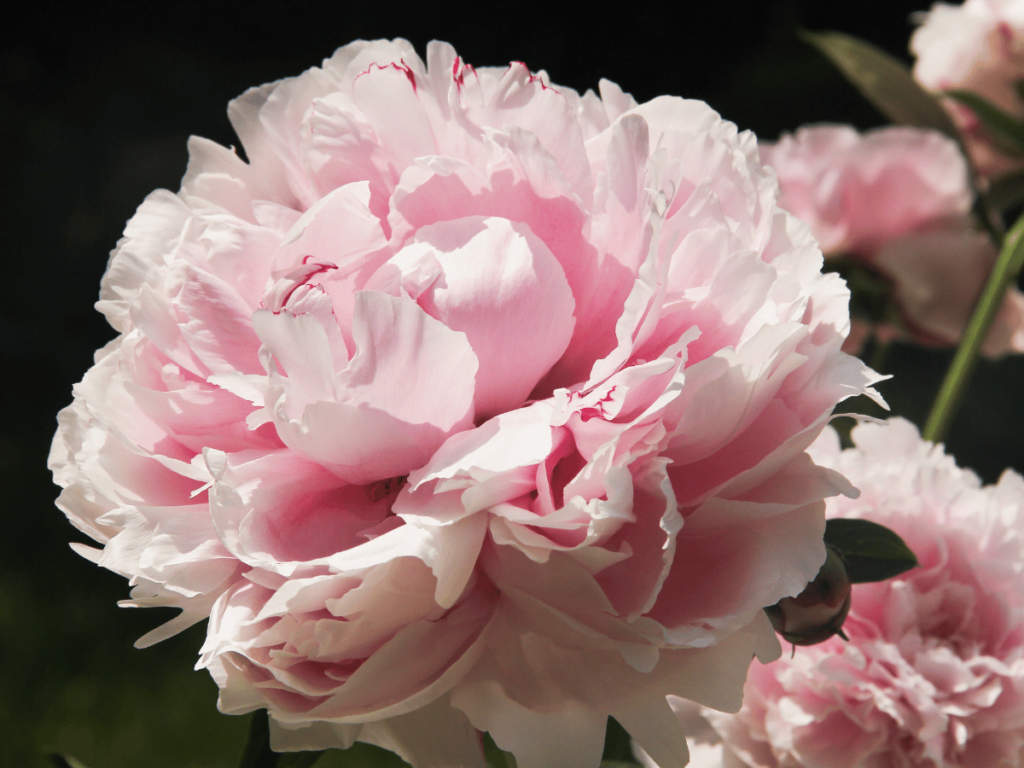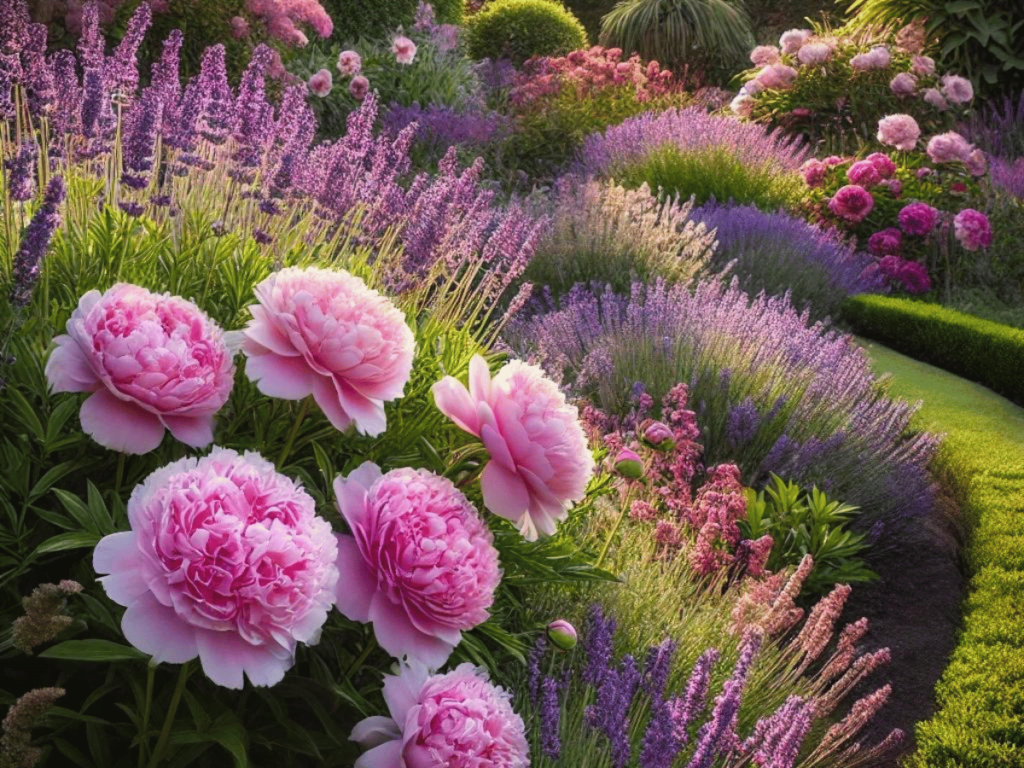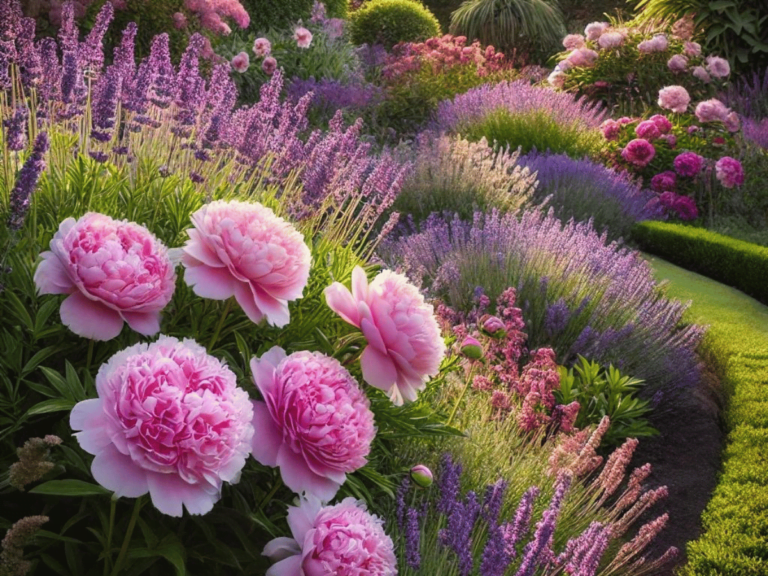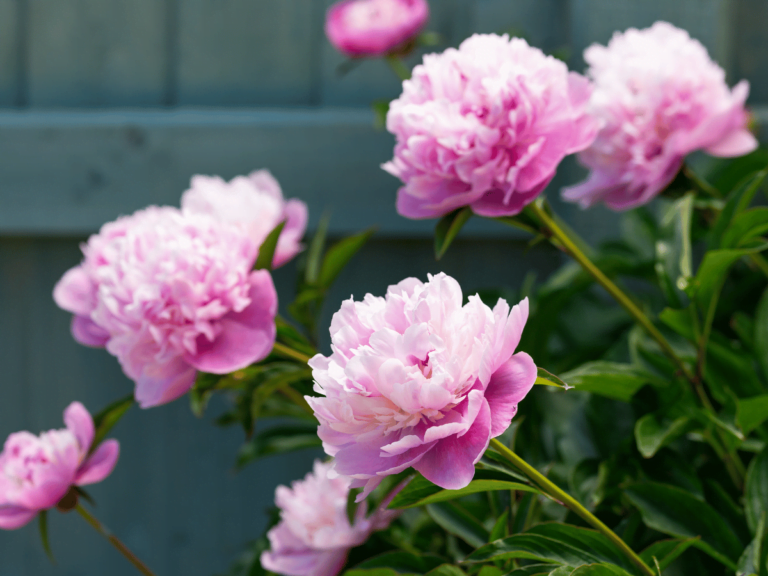Sarah Bernhardt Peony: A Gardener’s Complete Guide
The Sarah Bernhardt peony (Paeonia lactiflora ‘Sarah Bernhardt’) is one of the most cherished herbaceous peonies, known for its large, rose-pink double flowers and intoxicating fragrance. Each bloom can reach up to 8 inches across, with ruffled petals that sometimes show hints of raspberry, adding depth and charm to any garden. Loved by gardeners for more than a century, the Sarah Bernhardt is a standout in perennial borders and a favorite for cut flowers.
This particular peony cultivar comes from Paeonia lactiflora, commonly called the Chinese peony, a species native to northern China, central Asia, and eastern Siberia. With a history of cultivation spanning over 2,000 years, peonies are among the longest-lived garden plants, capable of thriving for decades with minimal care. This longevity, combined with its fragrant blooms, makes the Sarah Bernhardt peony not only a reliable choice but also a beloved heirloom plant.
Blooming in late spring or early summer, the Sarah Bernhardt peony is a showy addition to any garden, offering not just beauty but also practical benefits, like attracting pollinators and adding seasonal interest with its deep green foliage. Whether used as a feature in the garden or for indoor arrangements, these peonies are a testament to enduring garden elegance.

Planting and Care
If you want to plant peonies, choosing the right location is key. These perennials need well-drained soils and prefer at least 6 hours of full sun daily. They can handle a bit of afternoon shade, but remember that too much shade can reduce flower buds and weaken bloom performance.
When it comes to soil preparation, dig deep—about 18 inches—and enrich the area with compost to ensure your peonies have the best start. The planting depth is crucial for good results. For instance, in USDA zones 3-4, you should plant the peony buds about 2 inches below the soil surface. In zones 5-6, aim for 1 inch deep, and in warmer regions like zone 7, the buds should be just below the surface.
Watering is especially important during the first growing season, helping establish a strong root system. Once settled, herbaceous peonies like the Sarah Bernhardt are fairly drought-tolerant. However, they’ll appreciate consistent moisture during mid-spring and early summer, especially if you want to enhance those lush blooms. Just be cautious not to overwater, as peonies dislike soggy conditions, which can lead to possible causes of root rot.
Soil and Fertilization
Sarah Bernhardt peonies thrive in well-drained soils. They can adapt to a variety of soil types, but they prefer fertile, moisture-retentive soil that allows them to flourish. Enrich the soil with compost to give your peonies the best chance at producing healthy flower buds and fragrant blooms.
Fertilization should be done in early spring with a balanced fertilizer, but avoid high-nitrogen options, as they tend to encourage excessive foliage at the expense of flowers. You want those big, beautiful blooms, not just a bushy plant!
Maintenance and Pruning
After your Sarah Bernhardt peony has bloomed in late spring, take the time to remove spent flowers. This process of deadheading encourages the plant to direct its energy back into the roots instead of wasting it on seed production. It also keeps your garden looking neat and can extend the blooming season.
Once early fall arrives and the first frost hits, it’s time to cut foliage back to the ground. This practice helps prevent the spread of diseases and keeps your peony healthy for the next season. When cutting back, be sure to remove any dead material from the garden to avoid harboring pests or fungi.

Pest and Disease Management
Although Sarah Bernhardt peonies are fairly low-maintenance, they can sometimes fall prey to powdery mildew, especially in areas with high humidity. This fungal disease is totally harmless but unsightly, so ensuring proper air circulation can go a long way in preventing it. If your garden experiences heavy rain, ensure the soil drains well to avoid waterlogged conditions that might exacerbate fungal issues.
As for pests, keep an eye out for aphids, slugs, and snails, especially during wet seasons. Regular garden maintenance, including clearing debris, can minimize these pests. If you’re concerned about aphids, introduce natural predators like ladybugs to help control infestations.
Winter Care
Peonies like Sarah Bernhardt are hardy, but a bit of winter care helps protect them from extreme conditions. After you’ve cut foliage in the fall, apply a layer of mulch or straw around the plant to protect its roots from freezing temperatures. In areas with heavy snow, this mulch also prevents the soil from freezing and thawing, which can stress the roots.
Once spring rolls around, clear away the mulch to make room for fresh growth. With the right care, your Sarah Bernhardt peonies will come back stronger year after year.
Garden Ideas & Companions
Sarah Bernhardt peonies are incredibly versatile and make a stunning addition to various garden settings. One of the best places to plant them is in perennial borders, where their tall, rose pink double flowers rise above other perennials like roses and daylilies, creating layers of color and texture. They’re perfect for cottage gardens too, adding a romantic, old-fashioned charm when paired with vintage plants like lavender and foxgloves. Their soft yet striking blooms work well in a casual, overflowing garden design, but they still need plenty of full sun to thrive.
For a more dedicated showcase, consider planting peonies as standalone features in peony beds or along walkways and entrances. Grouping several Sarah Bernhardt peonies together creates a breathtaking display when they bloom all at once. Their large, fragrant flowers also make them perfect for lining pathways or welcoming guests near entrances, providing both visual appeal and fragrance. Just ensure they’re planted in well-drained soils and get ample sunlight for the best performance.
Peonies also make excellent companions in mixed shrub borders. Their lush blooms provide contrast against the greenery of shrubs like boxwood or hydrangeas, adding softness and color to the garden during late spring. If you enjoy bringing fresh flowers indoors, plant them in a cutting garden where their long-lasting blooms can be harvested freely. Whether as part of a border, bed, or standalone feature, Sarah Bernhardt peonies shine in nearly any garden setting with proper care and attention.

Frequently Asked Questions
Why is it called Sarah Bernhardt peony?
It’s named after the iconic French actress Sarah Bernhardt, who was as famous for her beauty and dramatic flair as this peony is for its showy blooms.
How big do Sarah Bernhardt peonies get?
They can grow up to 36 inches tall, with a spread of about 24 to 36 inches. Their large size makes them an excellent cut flower for indoor arrangements.
When do Sarah Bernhardt peonies bloom?
These peonies typically bloom in late spring, around May or June, depending on your location.
Where’s the best place to plant a Sarah Bernhardt peony?
The best location is one that provides full sun with good air circulation and well-drained soils. Make sure they get at least 6 hours of sunlight for the best results.


